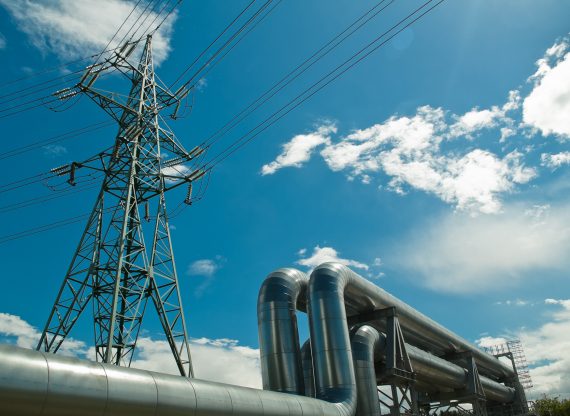Energy transportation rights-of-way would streamline regulatory approval process, MEI study shows

Montreal, December 14, 2023 – Energy corridors could go a long way towards restoring Canada’s attractiveness for energy transportation projects, according to a study by the Montreal Economic Institute published this morning.
“Getting regulatory approval for energy transportation projects in Canada takes so long that investors are increasingly looking elsewhere,” explains Krystle Wittevrongel, senior policy analyst at the MEI and co-author of the study. “Energy corridors could help streamline the process and bring back some much-needed investment to our energy industry.”
The study notes that only one project has gotten through the federal impact assessment process since it was implemented in 2019. The process took 3.5 years to complete.
It also notes that Ottawa’s history of blocking projects, even after they receive a favourable environmental assessment, contributes to investor uncertainty.
As a result, investment in oil and gas extraction and pipeline transportation projects has been halved, from nearly $76 billion ten years ago to less than $38 billion today.
The authors recommend that Canada reverse this trend by adopting the energy corridor model, referring to a set of pre-approved rights-of-way that can accommodate multiple pipelines and electricity transmission lines.
“An energy corridor essentially refers to a strip of land where the environmental assessment has already been done, and the precautions needed to protect our environment are already known,” continues Ms. Wittevrongel. “It provides investors with a certain regulatory certainty, while making sure Canada’s strict environmental protection standards are respected.”
Energy corridors have already had success in Australia, allowing for environmental evaluation and necessary mitigation measures to be identified, and then replicated, in infrastructure to be developed in the states of Queensland and Western Australia.
In Canada, the proposed NeeStaNan Utility Corridor is a First Nations-led initiative that would establish a corridor between Fort McMurray, Alberta, and Port Nelson, Manitoba to transport anything from oil and gas to potash, wheat, and critical minerals. The project is currently being assessed for feasibility.
“The energy corridor approach brings all the relevant stakeholders to the table from the outset,” concludes Ms. Wittevrongel. “It also represents a key opportunity for First Nations involvement, which could move the needle on the government’s commitment to economic reconciliation.”
The MEI study is available here.
* * *
The MEI is an independent public policy think tank with offices in Montreal and Calgary. Through its publications, media appearances, and advisory services to policy-makers, the MEI stimulates public policy debate and reforms based on sound economics and entrepreneurship.
– 30 –
Interview requests
Célia Pinto Moreira
Communications Advisor
Cell: 514 703-0502

